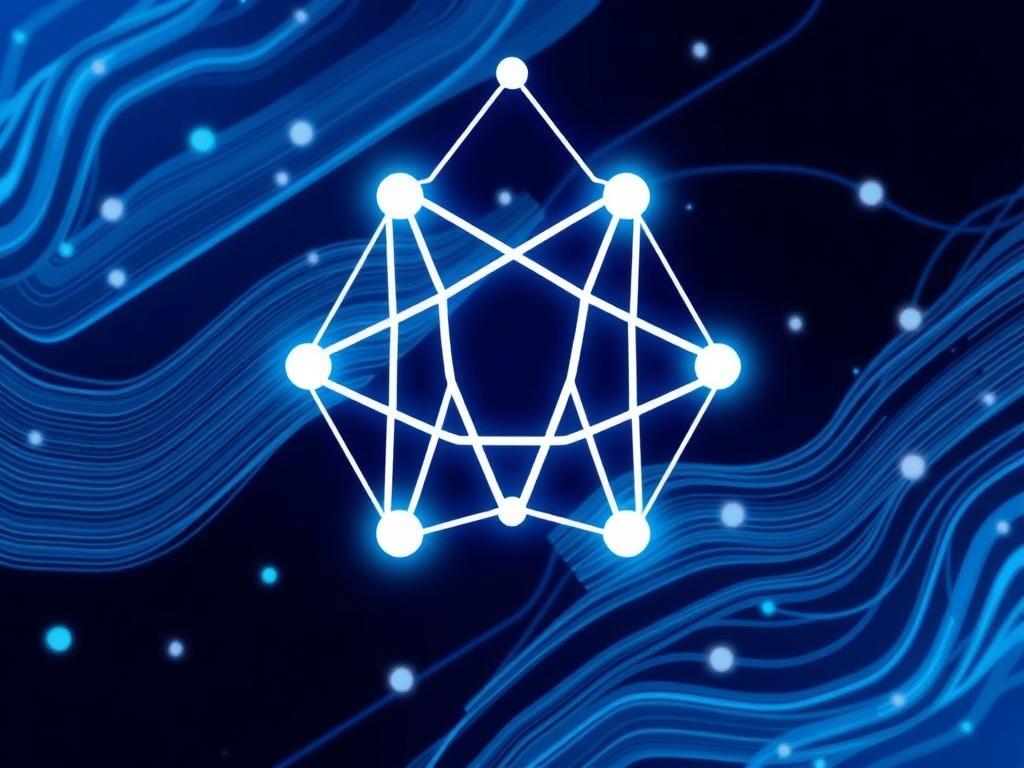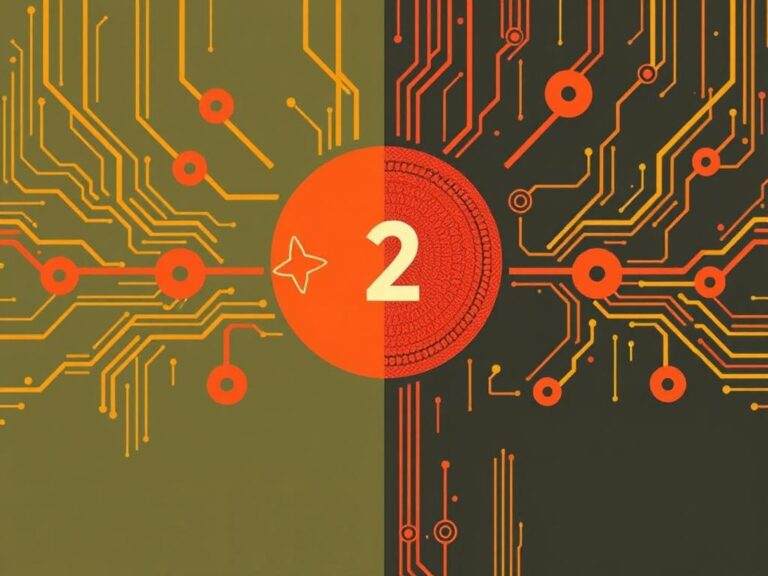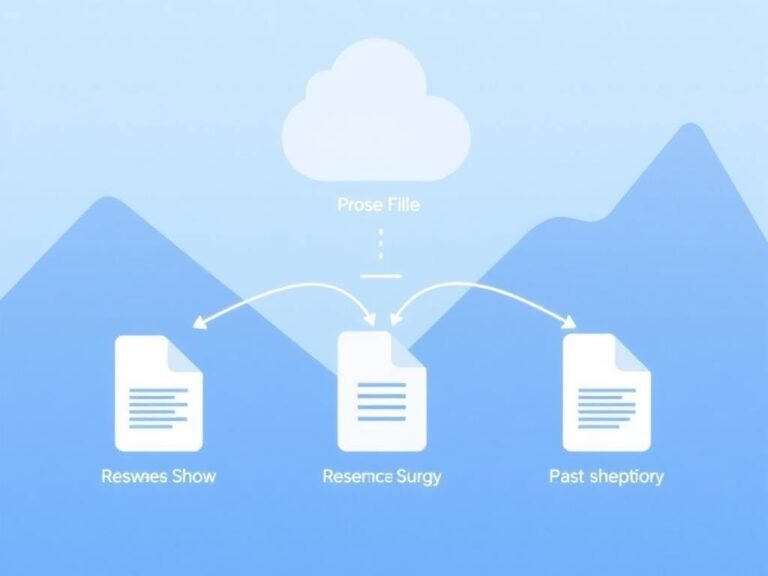Matrix Protocol: Is It Truly P2P?
In recent years, decentralized communication platforms have gained significant attention, promising privacy, security, and autonomy in our increasingly connected digital world. Among these, Matrix Protocol has emerged as a promising contender, touted for its open standard and decentralized nature. But a question often arises: is Matrix Protocol truly P2P (peer-to-peer)? Understanding this is crucial for anyone interested in secure messaging, distributed systems, or the future of online communication. So, what exactly makes a protocol peer-to-peer, and how does Matrix measure up?
Understanding the Matrix Protocol
Matrix is an open standard for interoperable, decentralize communication. It offers end-to-end encryption, open federation, and bridges to existing services like Slack, IRC, and Telegram, making it highly versatile. At its core, Matrix enables real-time communication through “rooms,” where users can send messages, share files, and make VoIP calls. These rooms are hosted on servers (homeservers) that synchronize messages with each other, enabling federation across the Matrix network.
Yet, Matrix’s architecture may confuse newcomers who are enthusiastic about pure peer-to-peer networks. Rather than connecting devices directly, the Matrix protocol operates with homeservers that relay messages and maintain message history. This federation model means that while there is no central server controlling everything—unlike traditional social media platforms—the communication typically flows through one or more homeservers, not directly between individual client devices.
The Federated Model vs. True P2P
Before we delve further into Matrix’s mechanics, let’s clarify what “peer-to-peer” communication entails. True P2P involves direct device-to-device interaction without intermediaries. When you use a peer-to-peer file-sharing app like BitTorrent, your device connects directly to other devices to exchange data. This model is praised for enhancing privacy, as there’s no central point vulnerable to censorship or surveillance.
Matrix, however, is primarily federated. The homeservers act similar to email servers, where users on different servers can communicate by exchanging messages. These homeservers store the message history, metadata, and control certain policies. Contrast this with a true peer-to-peer system, where devices only store what belongs to their user and messages are transmitted directly without intermediary storage or processing.
Despite this, Matrix does enable a form of decentralized communication, distributing control among various homeservers managed by different individuals or organizations. This federation means you can choose or run your own homeserver, picking who you trust to store your data and serve as your communication hub.
The Technical Framework Behind Matrix
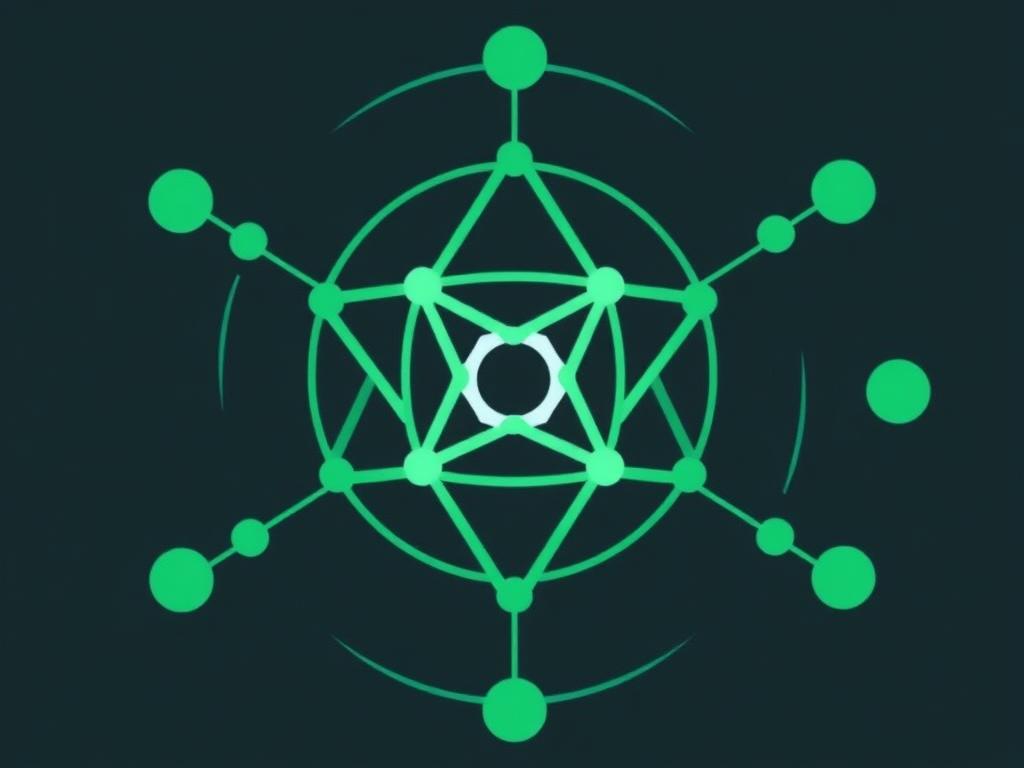
Understanding why Matrix isn’t fully peer-to-peer requires a quick look at its technical infrastructure. Matrix client applications (like Element or FluffyChat) connect to a homeserver via RESTful APIs and WebSockets. Homeservers, in turn, sync data with other servers using the Matrix federation protocol. This setup offers some advantages:
| Feature | Federated Model | Pure P2P Model |
|---|---|---|
| Message Storage | Stored on homeservers | Stored locally on peers |
| Account Management | Hosted on homeserver | Decentralized, device-based |
| Message Synchronization | Between homeservers | Direct peer communication |
| Privacy | Encrypted messages, but homeserver stores metadata | Encrypted, minimal metadata |
| Scalability | High, due to server infrastructure | Varies, can be limited |
The homeserver acts like a message broker and history keeper, which is quite unlike pure P2P networks where there is no centralized storage or coordination. While Matrix’s cryptographic protocols ensure end-to-end encryption to protect message content, metadata like timestamps and communication patterns still pass through these servers.
How Matrix Balances Decentralization and Usability
A significant challenge in decentralized communication protocols has always been usability and reliability. Pure peer-to-peer systems often struggle with devices being offline or unreachable, causing delays or message losses. Matrix cleverly balances this by using homeservers, which are almost always online and continuously available, increasing message delivery reliability and syncing.
Additionally, Matrix uses “eventual consistency” in synchronizing messages across servers, meaning messages will get delivered to all participants eventually, even if some homeservers are temporarily unreachable. This is crucial for user experience, making communication smooth and dependable.
Matrix Bridges and the Broader Decentralized Ecosystem
One of Matrix’s standout features is its support for bridging to other services, including centralized apps like WhatsApp, Telegram, and IRC. Bridges help Matrix users communicate with people who are not on Matrix, but these bridges usually run on homeservers or external servers acting as intermediaries. This brings another perspective to the P2P question: communication remains decentralized within the Matrix network but may become centralized in interactions with external platforms.
Here is a quick rundown of key Matrix characteristics related to decentralization and P2P behavior:
- Federation: Matrix servers federate to create a distributed communication network.
- Homeservers: Users rely on homeservers which store messages and user data.
- End-to-end encryption: Protects message content, but server awareness can’t be fully eliminated.
- Bridges: Enable communication with other platforms, often using centralized components.
- Not fully P2P: Direct device-to-device communication without a server intermediary is not Matrix’s primary model.
Comparing Matrix with Other P2P Messaging Protocols
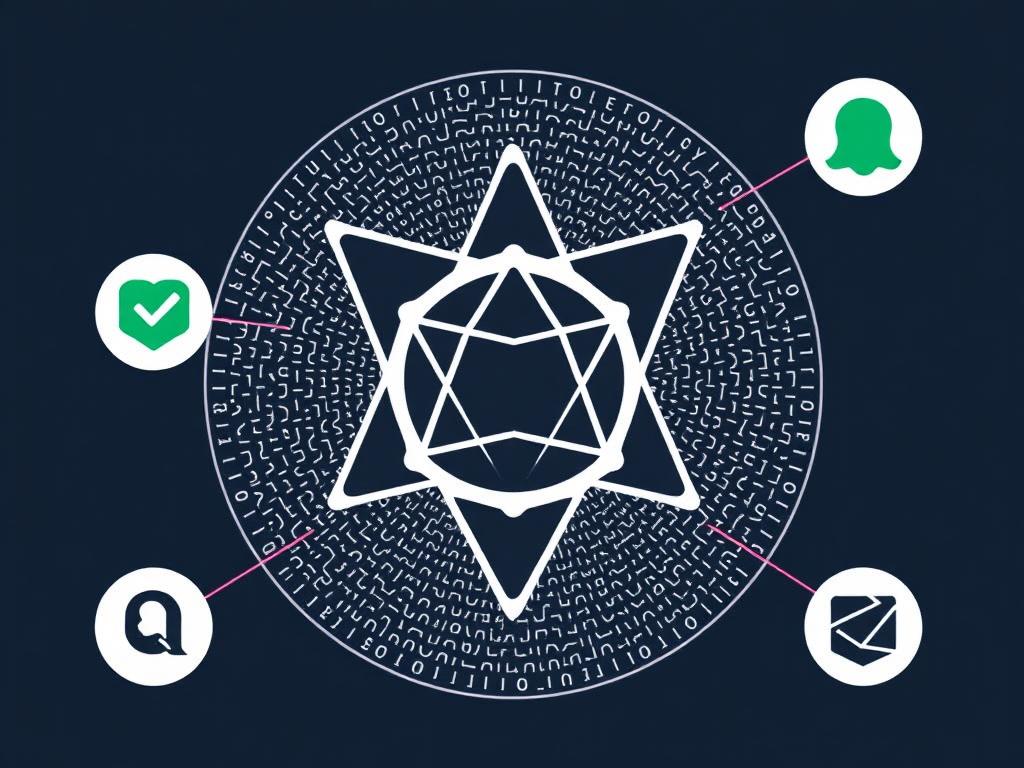
To better understand Matrix’s positioning, let’s look at some other popular decentralized and P2P communication protocols:
| Protocol | Architecture | Encryption | Peer-to-Peer? |
|---|---|---|---|
| Matrix | Federated homeservers | End-to-end encryption | No (federated, not pure P2P) |
| Secure Scuttlebutt (SSB) | Peer-to-peer, log replication | Asymmetric cryptography | Yes |
| Ricochet | Onion routed P2P | End-to-end encryption | Yes |
| Jami | Distributed P2P | End-to-end encryption | Yes |
As you can see, there are truly peer-to-peer messaging platforms that prioritize direct, device-to-device connections without intermediaries. However, these projects often face challenges with offline message delivery, network performance, and ease of use, which Matrix addresses through its federated homeserver architecture.
Is Matrix Protocol Truly P2P? A Summary of Key Points
It all boils down to how you define “peer-to-peer.” If you expect a system where messages flow directly between individual devices without any server in the middle, Matrix does not fit that description. Instead, it favors a federated model, distributing trust among various homeservers that communicate and sync messages for users. This model provides decentralization advantages over centralized platforms, but it is not a network solely made up of peers talking directly.
This design choice allows Matrix to balance privacy, scalability, reliability, and usability in ways pure P2P systems often cannot. It also fits broader network designs where federation is a proven middle ground between total centralization and pure decentralization.
What This Means for Users
Users benefit from Matrix’s approach in several ways:
- Choice: You can run your own homeserver to retain control or trust a server operated by a community or organization.
- Encryption: Conversations are protected end-to-end, reducing risks even if homeservers are compromised.
- Interoperability: Bridging makes Matrix useful for diverse communication ecosystems.
- Availability: Homeservers improve message synchronization and offline support.
But users should also be aware that metadata and message history reside on homeservers, which introduces some trust assumptions not present in pure P2P alternatives.
Conclusion
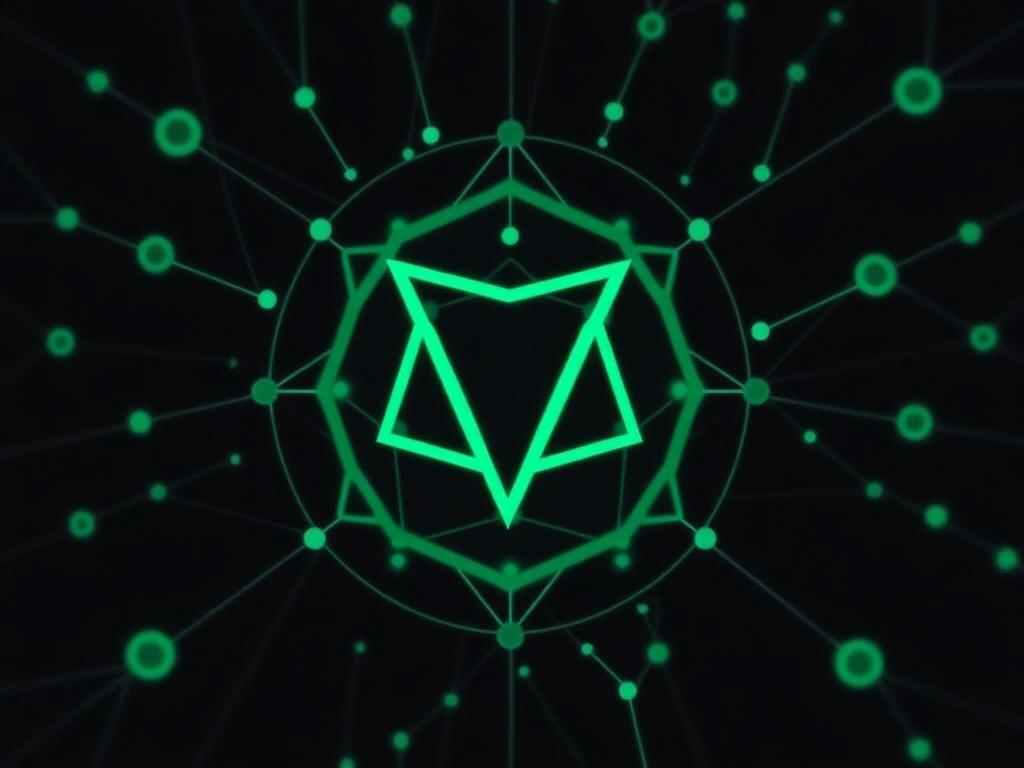
The Matrix protocol is an impressive attempt to create a decentralized communication ecosystem that balances privacy, usability, and scalability. While it is often described as decentralized, it is not truly peer-to-peer in the strictest sense. Instead, Matrix employs a federated homeserver model where messages are relayed and stored on intermediary servers that collectively form a network of trust and interoperability. This design allows Matrix to overcome many challenges that pure P2P systems face, especially in terms of message delivery and offline support, making it a practical solution for decentralized communication today. For users and developers seeking a highly flexible and secure messaging platform that avoids central control but still delivers smooth user experience, Matrix offers a compelling model—just without the pure P2P label.
